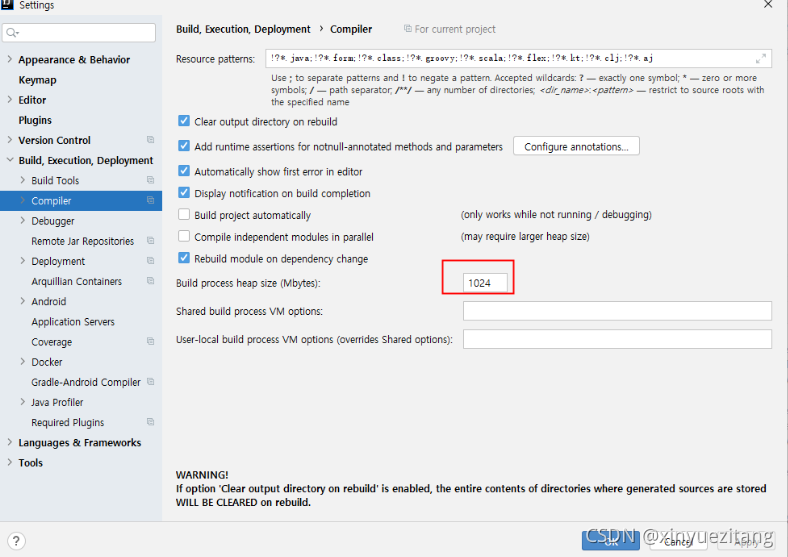
Symbolic signal names are used because signal numbers can vary across platforms, but XSI-conformant systems allow the use of the numeric constant 1 to be used to indicate a SIGHUP, which the vast majority of systems in fact use. ĭaemon programs sometimes use SIGHUP as a signal to restart themselves, the most common reason for this being to re-read a configuration file that has been changed. Most modern Linux distributions documentation specify using kill -HUP to send the SIGHUP signal. Secondly, child process groups can be "disowned" by invoking disown with the job id, which removes the process group from the shell's job table (so they will not be sent SIGHUP), or (optionally) keeps them in the job table but prevents them from receiving SIGHUP on shell termination.ĭifferent shells also have other methods of controlling and managing SIGHUP, such as the disown facility of ksh.

Firstly, the Single UNIX Specification describes a shell utility called nohup, which can be used as a wrapper to start a program and make it ignore SIGHUP by default. If the process receiving SIGHUP is a Unix shell, then as part of job control it will often intercept the signal and ensure that all stopped processes are continued before sending the signal to child processes (more precisely, process groups, represented internally by the shell as a "job"), which by default terminates them. If a command is executed inside a terminal window and the terminal window is closed while the command process is still running, it receives SIGHUP.
#ZBRUSH 4 ABNORMAL TERMINATION EDIT SERIAL#
With the decline of access via serial line, the meaning of SIGHUP has changed somewhat on modern systems, often meaning a controlling pseudo or virtual terminal has been closed. This convention survives to this day in packages such as Apache and Sendmail. For this reason, applications that did not require a controlling terminal, such as daemons, would re-purpose SIGHUP as a signal to re-read configuration files, or reinitialize.

Signals have always been a convenient method of inter-process communication (IPC), but in early implementations there were no user-definable signals (such as the later additions of SIGUSR1 and SIGUSR2) that programs could intercept and interpret for their own purposes. The system would detect the line was dropped via the lost Data Carrier Detect (DCD) signal. SIGHUP would be sent to programs when the serial line was dropped, often because the connected user terminated the connection by hanging up the modem.

#ZBRUSH 4 ABNORMAL TERMINATION EDIT SOFTWARE#
For this reason, when a system of software interrupts, called signals, were being developed, a signal was designated for use on "Hangup". A hangup was often the result of a connected user physically hanging up the modemĪccess to computer systems for many years consisted of connecting a terminal to a mainframe system via a serial line and the RS-232 protocol.


 0 kommentar(er)
0 kommentar(er)
